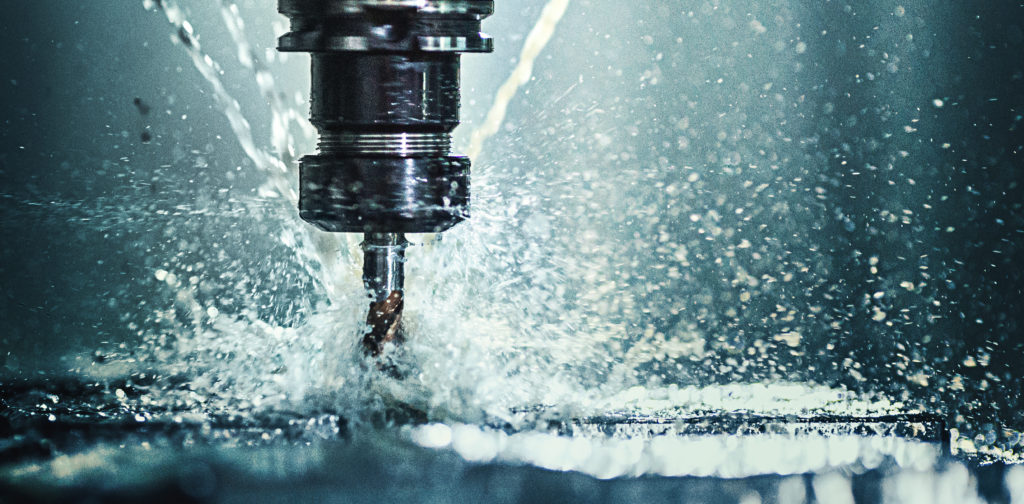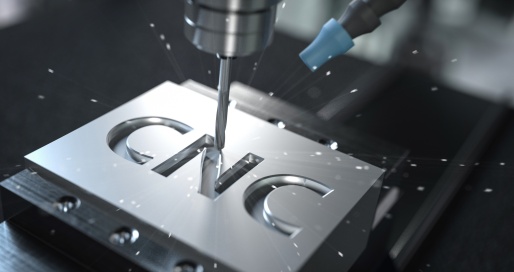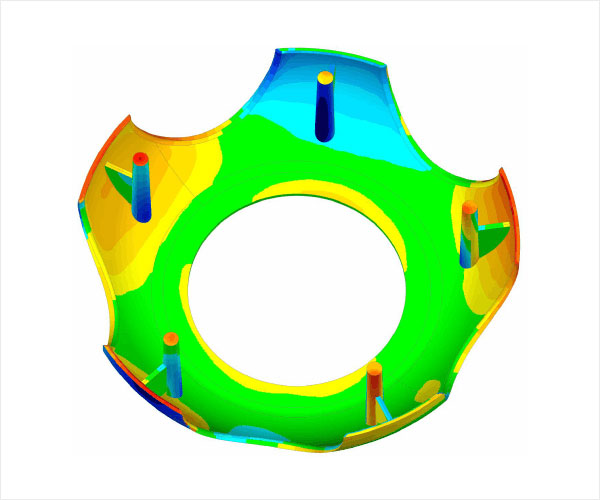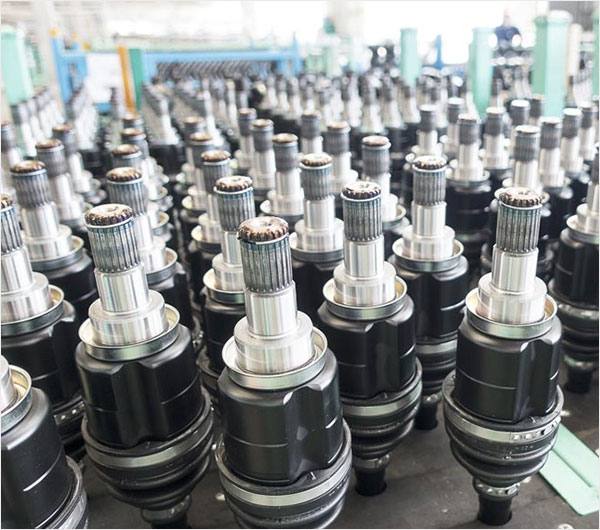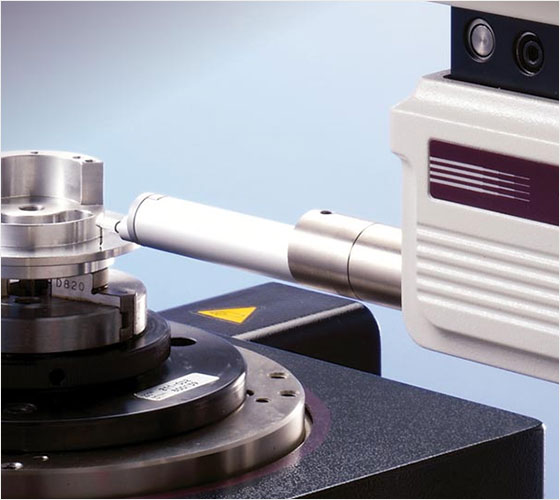Milling is one of the most fundamental and versatile processes in CNC machining, allowing manufacturers to create complex shapes and highly precise components from a wide range of materials. In this blog, we’ll explore the importance of milling in CNC machining, the types of milling techniques, and how manufacturers use this process to achieve high-quality, accurate parts for industries ranging from aerospace to medical devices.
What is CNC Milling?
CNC milling is a subtractive manufacturing process where a cutting tool removes material from a workpiece to create the desired shape and dimensions. Unlike other machining processes, milling involves rotating cutting tools that move along various axes (X, Y, and Z), allowing for the creation of complex 3D shapes, intricate contours, and tight tolerances. CNC milling can produce everything from simple parts to complex geometries, making it invaluable for modern manufacturing.
Why is Milling Essential in CNC Machining?
Milling is a versatile and accurate process that offers a range of benefits:
- Precision and Accuracy: CNC milling machines can achieve tolerances as tight as 0.001 mm, making them ideal for precision parts required in industries like aerospace, automotive, and medical.
- Complex Geometries: Milling allows for the production of intricate shapes and detailed designs, including pockets, slots, contours, and complex 3D surfaces.
- Material Versatility: Milling can be used with a wide range of materials, including metals (aluminum, steel, titanium), plastics, composites, and more.
- Repeatability: CNC milling machines can produce identical parts consistently, ensuring reliability and quality in high-volume production.
Types of CNC Milling Techniques
Different milling techniques are used depending on the shape, material, and purpose of the part. Here are some common types of milling processes:
Face Milling
Face milling involves the use of a rotating tool to cut across the surface of a workpiece, producing a flat or smooth surface. This technique is often used at the beginning of the milling process to create a uniform base before more detailed operations.
End Milling
End milling uses tools with cutting teeth on the face and side, allowing for precise slots, contours, and complex shapes. It is commonly used for creating intricate designs and details on workpieces, as well as internal features like slots and keyways.
Drilling
In CNC milling, drilling is often a preliminary step used to create holes in the material. Although typically done with dedicated drill presses, milling machines can also perform drilling operations as part of the overall process, adding versatility.
Contour Milling
Contour milling follows the outline of the workpiece to create curved and irregular surfaces. This process is frequently used in the automotive, aerospace, and medical industries, where complex, curved shapes are required.
Profile Milling
Profile milling involves cutting along the edges or profile of the workpiece. This method is used to create a part’s external shape or to follow intricate designs on flat surfaces, providing smooth, clean edges.
Pocket Milling
Pocket milling removes material from a hollow or pocket within a part. It’s commonly used for creating recesses or cavities in the workpiece and is ideal for applications where internal shapes are required.
Factors that Influence Milling Quality and Precision
To achieve the best results in milling, several factors need to be carefully controlled:
- Tool Selection: The type, material, and geometry of the cutting tool significantly affect the outcome. Carbide tools are popular due to their durability and ability to withstand high speeds, while different coatings improve tool life and finish.
- Cutting Parameters: Feed rate, cutting speed, and depth of cut must be optimized based on the material and desired finish. Higher speeds may reduce cycle time but could impact surface finish and tool life.
- Workpiece Material: Different materials react differently to milling, requiring specific adjustments to avoid issues like chipping, excessive tool wear, or poor surface quality.
- Coolant and Lubrication: Proper use of coolants and lubricants helps reduce friction, dissipate heat, and improve surface finish while extending tool life.
- Machine Stability: Rigidity and calibration of the CNC milling machine are crucial for precision and accuracy, particularly for high-tolerance components.
Milling Tools: A Closer Look
Several types of milling tools are commonly used in CNC machining, each tailored to specific applications:
- End Mills: The most versatile milling tools, end mills can create a variety of shapes, from slots and pockets to intricate profiles.
- Face Mills: These are large-diameter cutters used for quickly removing material from the surface of the workpiece. They create smooth, flat surfaces and are ideal for face milling operations.
- Ball Nose Mills: With a rounded end, ball nose mills are used for contouring, 3D shaping, and creating smooth, curved surfaces.
- Chamfer Mills: These are used to create beveled edges and chamfers, commonly for aesthetic or assembly purposes.
- Drill Bits: In milling, drill bits can be used to make pilot holes or start cuts before end mills take over.
Applications of CNC Milling in Different Industries
CNC milling is essential across various industries that demand precision, versatility, and quality:
- Aerospace: High-strength materials like titanium and aluminum are milled for structural parts, landing gear components, and turbine blades, where complex shapes and tight tolerances are essential.
- Automotive: The automotive industry relies on CNC milling for engine parts, transmission components, and custom brackets, especially for parts requiring durability and strength.
- Medical Devices: Implants, surgical tools, and prosthetics often require precise milling to meet strict industry standards and ensure reliability and safety.
- Electronics: Milling is used to create intricate housings and heat sinks for electronics, where precise dimensions and smooth surfaces are necessary for optimal performance and heat dissipation.
Best Practices for Quality Milling
To get the best results from milling, follow these best practices:
- Select Appropriate Tools: Choose high-quality tools with appropriate coatings for durability and efficiency. Tools designed for specific materials can yield better finishes and prolong tool life.
- Optimize Machining Parameters: Fine-tune speed, feed, and depth settings based on material properties and desired finish. Overly aggressive settings can compromise the quality and damage tools.
- Use Proper Workholding: Securing the workpiece properly minimizes vibration and movement, leading to cleaner cuts and improved accuracy.
- Maintain Equipment: Regular machine maintenance and calibration are essential for consistent results and prevent costly errors due to misalignment or wear.
- Implement Quality Control: Consistent inspection and monitoring of machined parts during production help detect and correct issues early, ensuring quality and precision in the final product.
Conclusion
Milling is a cornerstone of CNC machining that offers remarkable flexibility and precision for creating complex parts with exact specifications. Whether you need simple components or intricate 3D shapes, milling provides the accuracy and consistency that modern industries demand. By choosing the right tools, optimizing parameters, and maintaining high standards of quality control, manufacturers can leverage milling to produce top-quality parts that meet even the most stringent industry requirements.
For businesses looking to maximize the quality and efficiency of their CNC-machined parts, focusing on milling excellence can lead to better products and satisfied clients, supporting growth and success in a competitive market.



